Shuhe Ancient Town
Shuhe ancient town, Naxi language called "Shaowu", because the village after the gathering of Baoshan like a pile of peaks, to mountain village, spread mutation, meaning "village under the peak," is one of the earliest settlements of Naxi ancestors in Lijiang Bazi, is an important well-preserved town on the ancient tea-horse road.
It is also a living specimen of Naxi ancestors'transition from agricultural civilization to commercial civilization, and a model of market town construction formed by opening to the outside world and the activities of horse gangs. Shuhe is an important part of the world cultural heritage Lijiang ancient city. It was selected as CCTV "China Charming Town" in 2005.
The ancient town of Shuhe is located at 26 degrees north latitude 55 minutes, 100 degrees east longitude 12 minutes. The ancient town of Shuhe is situated near the mountains and rivers, with its houses scattered in all directions, facing the rural terraces and strangers; the Yulong in the north, the Xiangshan in the southeast, and the Wenpen in the southeast, with its changing scenery, especially the two springs at the head of the village, one of which is called the Jiudinglong Pond, also known as the Longquan. At the core of all the scenic spots in Lijiang, it is the key point to visit the ancient city of Lijiang, Yulong Snow Mountain, Lugu Lake, the first bay of the Yangtze River and the scenic spot of the three parallel rivers.
From the ancient city of Lijiang to the north, about four kilometers along the road to the east of Zhongji Sea, we can see a dense village at the foot of the hills on both sides, which is called Shuhe ancient town of Qingquan Town. When Xu Xiake traveled to Zhishan to get rid of the forest, he once walked this way. In his account, he wrote: "After a dry stone bridge, looking west into the Zhonghai Sea, Liu Shaanbo lingering, there is a big settlement on it, is the Tenth Harmony Court." "Ten harmony" is the ancient name of the ancient town of Shuhe today. The ancient tea-horse road, which opened in the Tang Dynasty, traveled from southern Yunnan to Lhasa, Tibet via the Lijiang River. Its operation and development in the Tang, Song, Yuan, Ming and Qing Dynasties promoted the economic and cultural exchanges among the people of all ethnic groups along the line. Shuhe is the well-preserved post station in the Bazi of Lijiang River. It was listed as an important ancient city of Lijiang in 1997 as a "world cultural heritage". Component.
Enter Shuhe Village, you can go straight to Shuhe Central Market, where you will have a sense of deja vu, this is a similar to Dayan Town ancient city square street square, an area of about 250 square meters, also known as Shuhe Square Street, the day of the market is very busy, was Lijiang fur trading distribution center. The square is surrounded by shops, old wooden facades, dark red paint. There are black and bright bluestones in front of the shop, mottled stone slopes at the foot of the road, and idle old people, outlining the simple nature of the Shuhe River. Standing in the center of the square, you carefully observe the experience, Dayan ancient city square street is completely a copy of Shuhe, the Naxi people from nomadic to farming, and then to the city, from here you can find some traces. Walk along Shuhe Street 100 meters north, you can find the source of the stream, "Jiuding Longtan", the water is transparent and clear, day and night spring, Shuhe people regarded as a divine spring, so built Longquan Temple. There is no difference between the temple furnishings and other temples in the ancient city. Instead, there is a "three holy palaces" Pavilion in the corner of the water. It is a traditional quadrangle, where the cobbler's grandfather is worshipped. Because it is the pride of Shuhe people, there are many skilled craftsmen making leather, but also an important place for fur distribution.
Out of the Shuhe ancient town to the north, there is a vast wilderness, in front of a cluster of trees, hidden an ancient cottage, Naxi ancestors across the Jinsha River, from the snowy mountains south into the Lijiang Dazi, is in the wilderness to create their early civilization.
Shuhe and Baisha were the earliest settlements of the Naxi ancestors, and also the birthplace of Mu's chieftain. Here is a collection of historic sites. You can feel a more primitive Shuhe in the north of Lijiang.
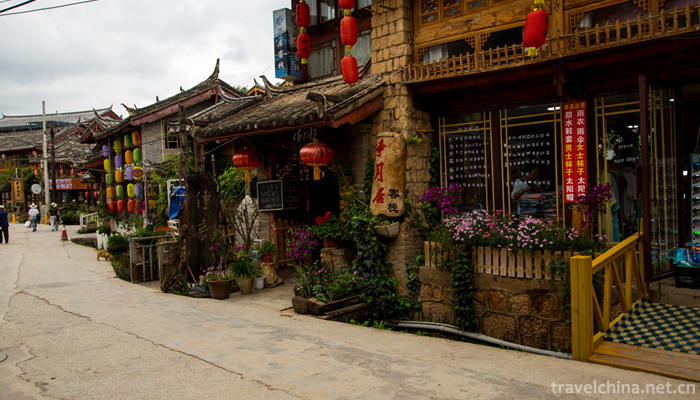
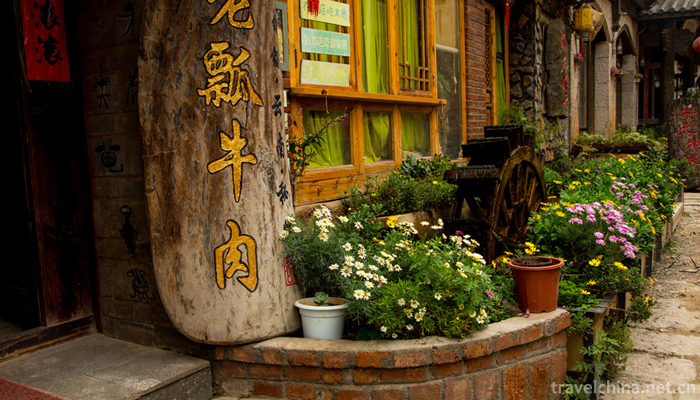

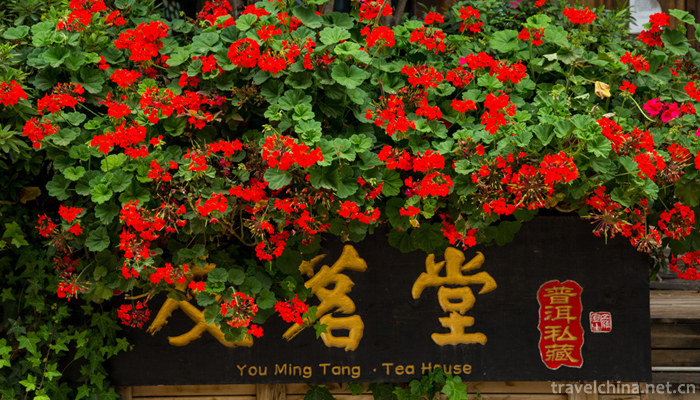

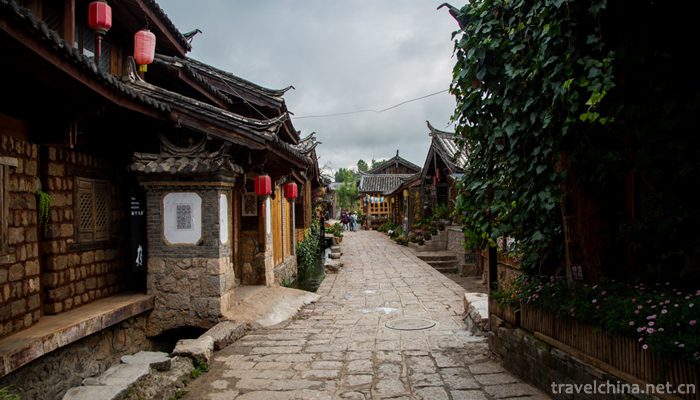
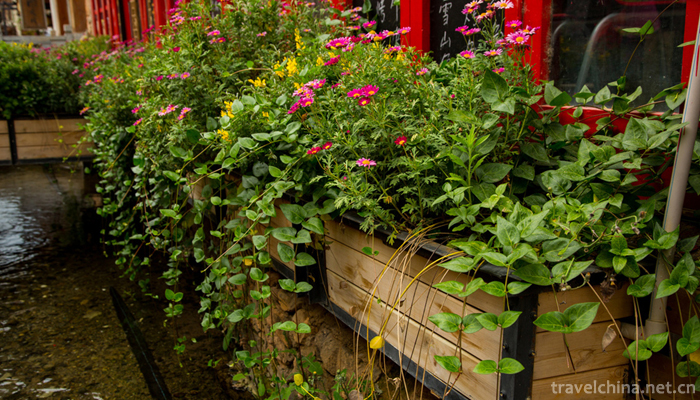
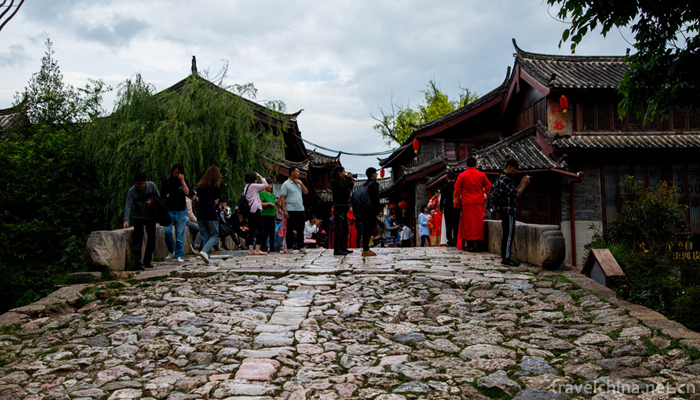
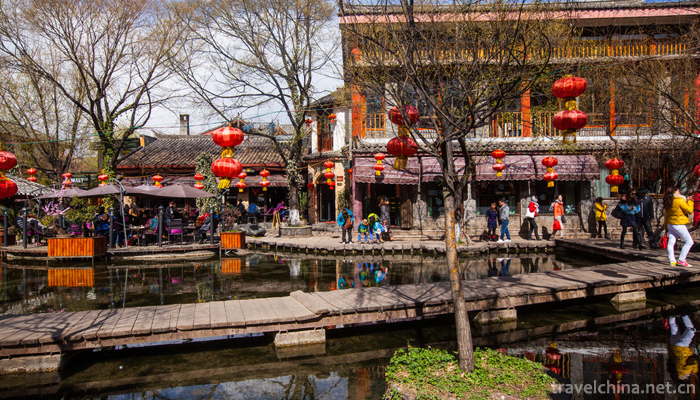
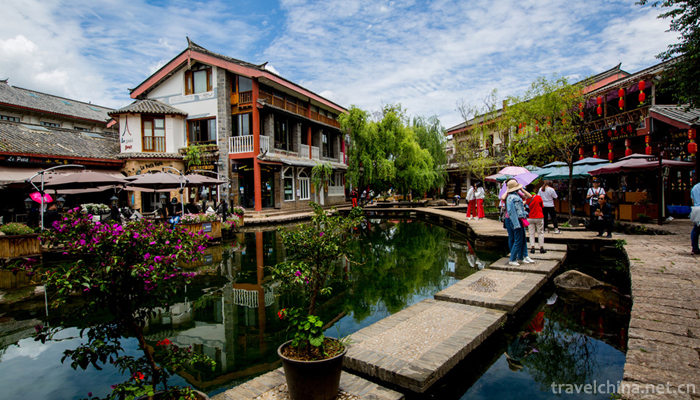
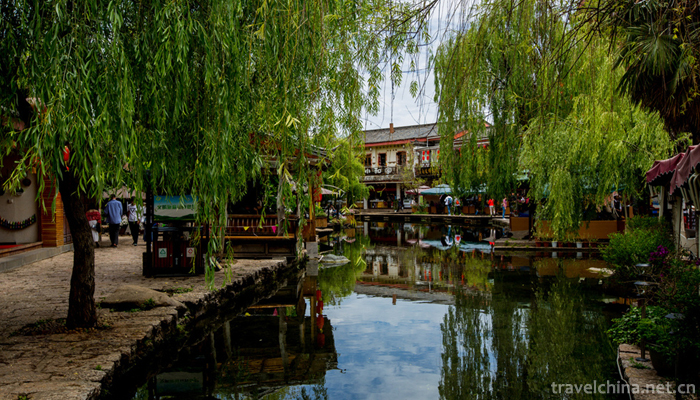
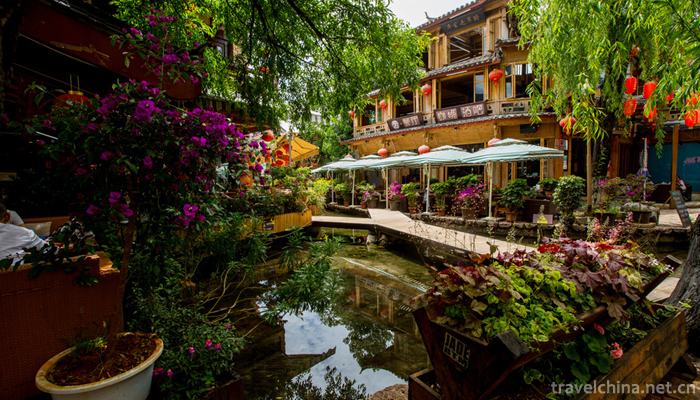
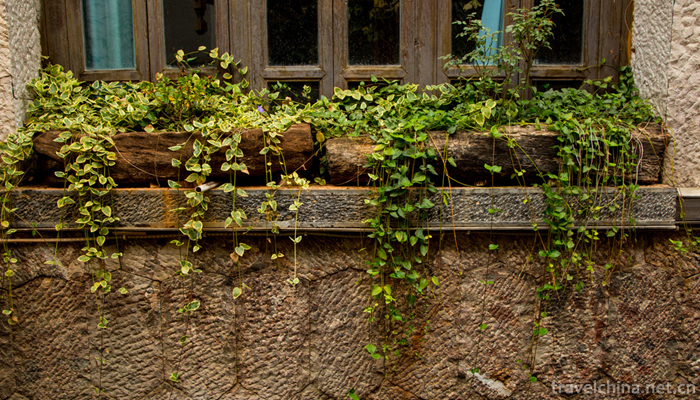
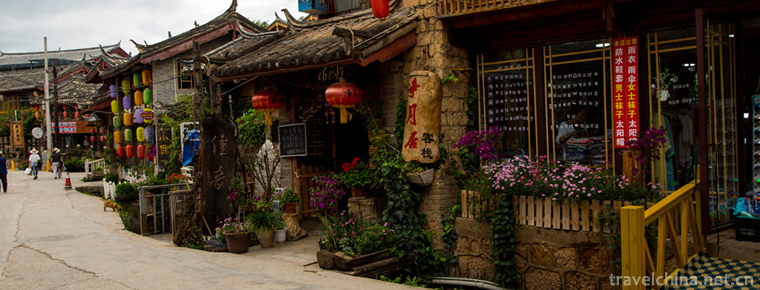
-
1.Alice tomato noodles
The Ali brand was born in 2001 and officially launched in 2005. The brand popularity and honor of Ali Juice Noodle series products are constantly improving
Time 2018-11-26 -
2.Package Park
Baoyuan, or Baoyuan for short, is located at 72 Wuhu Road, Hefei City, Anhui Province. It was built in 1063, the seventh year of Jiayou in the Northern Song Dynasty. It was built in memory of Baozheng
Time 2018-12-26 -
3.south china botanical garden
The South China Botanical Garden of the Chinese Academy of Sciences, which belongs to the Chinese Academy of Sciences, is one of the most important botanical and ecological research institutions in Ch
Time 2018-12-26 -
4.Baiyunshan National Forest Park Luoyang
Baiyunshan National Forest Park is located in the primitive forest area of Funiu Mountain in the southwest of Songxian County, Luoyang City, Henan Province, with a total area of 168 square kilometers
Time 2019-02-06 -
5.Tar Temple Scenic Area
Tar Temple, also known as Taer Temple, was founded in the 10th year of Hongwu Ming Dynasty (1377). Named after the Great Silver Pagoda built in memory of Zongkaba
Time 2019-02-13 -
6.Yinghu Scenic Area
Yinghu, a national AAAA-level tourist area, is located 16 kilometers southwest of Ankang City, Shaanxi Province. The total area is 102.8 square kilometers, including 77 square kilometers
Time 2019-03-05 -
7.Teochew woodcarving
Chaozhou woodcarving is a Chinese folk sculpture art, mainly used for architectural decoration, artifact decoration, furniture decoration, desk decoration, etc. After careful carving
Time 2019-04-16 -
8.Imitated Diet Making Skills of Imperial Diet in Qing Dynasty
Imitated meals (imperial meals of the Qing Dynasty) production skills, Beijing Xicheng District local folk traditional skills, one of the national intangible cultural heritage.
Time 2019-04-29 -
9.Song Album
"Dongshan Song Book" was introduced from Chaozhou, Guangdong Province, in the Ming Dynasty. Its tunes were constantly changing in the singing of folk singers and gradually assimilated
Time 2019-04-30 -
10.Burning Technology of Building Kiln and Building Calendula
Kiln building Calendula firing technology, the local traditional skills of Nanping City, Fujian Province, one of the national intangible cultural heritage.
Time 2019-05-05 -
11.Shiwan Ceramic Sculpture Technology
Shiwan pottery sculpture has a long history. It first appeared in the Eastern Han Dynasty. It reached its peak in the Song Dynasty. After the founding of New China, the manufacturing level and artisti
Time 2019-06-15 -
12.Yunnan Mengzi Crossing Bridge Rice noodles guo qiao mi xian
"Crossing bridge rice noodles" is a unique food in southern Yunnan. It originated in Mengzi City, Hani and Yi Autonomous Prefecture of Honghe. It has a history of more than 100 years. It wa
Time 2019-07-16